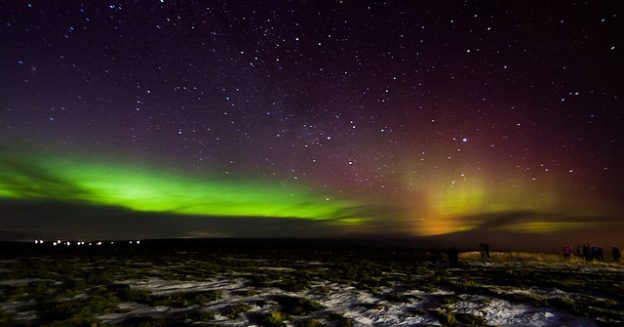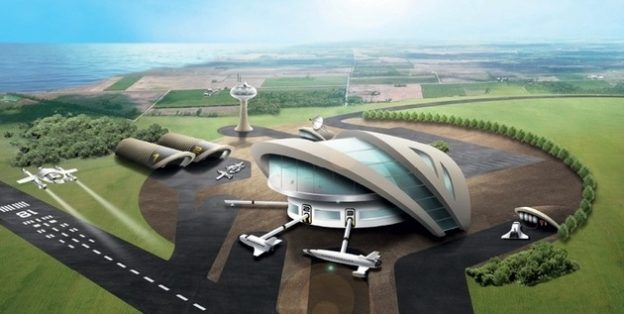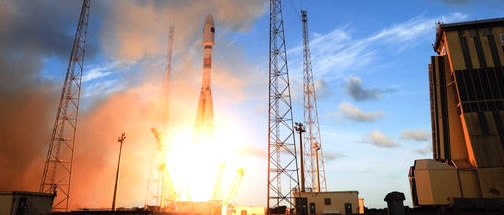Preparing for the solar eclipse
19 March 2015As the solar eclipse grabs the attention of people world-wide, many will be unaware of how this impacts aviation – and why we need to prepare for it.
A solar eclipse occurs when the moon passes between the earth and the sun, so that the shadow of the moon passes over the surface of the earth. When the moon passes precisely in front of the sun this produces a ‘total eclipse’.
The total eclipse can only be viewed from a small part of the earth surface and is a rare occurrence. The path across the earth surface where the shadow of the moon falls is called the path of totality – and is only about 100 miles wide
I was fortunate to visit Alderney for the last total solar eclipse visible from the UK on 11 August 1999. It was a spectacular and breath-taking sight. In particular the experience of darkness rushing towards you at the point of totality and racing away again shortly afterwards is hard to express in words.
The path of totality of the upcoming eclipse on 20 March is outside the UK, but does lie within the Shanwick Oceanic Control Area.
So what impacts can we expect in the UK?
The eclipse starts out in the North Atlantic at 7:41 GMT and finishes at 11:50 GMT. The path that it travels across the surface of the earth can be seen in the image below.

Image from www.britastro.org
The Faroe Islands (between Scotland and Iceland) are in the path of totality and have become a worldwide destination for scientists and members of the public to go and witness this rare event.
Although the islands are in Icelandic airspace, both Airspace Capacity Management and our controllers at Prestwick are expecting and preparing for an increase in flights through domestic and oceanic airspace in the vicinity of the Faroe Islands and along the path of totality.
The Oceanic Service Manager at Prestwick Centre, Gavin Dixon, has invested a considerable amount of time and energy ensuring that the additional flights, the majority of which have never entered the North Atlantic, have the correct level of equipment and understand the procedures to be followed in procedural airspace to reduce the opportunity of risk in the Shanwick OCA.
After all, this isn’t something even airline crew experience every day and we expect many will file flight plans to take them through the area of totality for a flight crews and their passengers will remember forever.
We have procedures in place to support any increase in flights, while ensuring our customers and their passengers are safe as they see the eclipse thousands of feet above the surface of the earth.
In England and Wales, while the moon will cover between 80% and 90% of the sun, there will be hardly any noticeable difference in light levels.
Meanwhile, in Scotland up to 97% totality will be experienced – so airfields may need to change their lighting from a normal day setting to that used during dawn or dusk.
Please take precautions if you do plan to view the eclipse, as it can be extremely dangerous to your eyesight.
Safety advice can be found on the British Astronomical Association’s website.
The overall impact on UK aviation is low and there will be no delays or regulation imposed as a result of the total eclipse.
Our customers and their passengers will have opportunities to observe this event from above any weather that could impact ground based observations. They truly will have a ring-side seat!
Comments
Please respect our commenting policy and guidelines when posting on this website.



